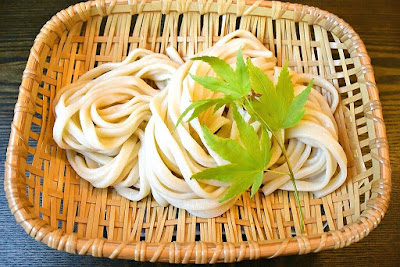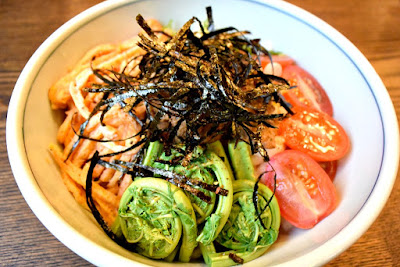Salty and sour umeboshi pickled plums are the standard pickles that often sit in the center of plain steamed rice in bento or in the middle of onigiri rice balls. It is, or once was, one of the staples that each family made itself, especially in the countryside. For us, it was one of many things my grandmother made. My mom eventually started to make her own, and at some point she also started to use ripe apricots (but we continued to call them umeboshi). By the time I was graduating high school, our umeboshi were all apricots. Many years later, I learned that the apricot idea came from our piano teacher, who had a lovely garden filled with all sorts of ornamental and edible plants.

Anzuboshi pickled apricots are fruitier than umeboshi, but they basically taste the same, and people wouldn't notice the difference unless you tell them.
The amount of salt used as the first step varies from 10% and 20% of fruit weight, which assures years of storage at room temperature or cooler. Using less salt is possible when refrigerated during pickling and storage. Salt content of the recipe below is 8% of apricot/plum weight, an easy starting point for a reduced-sodium version. Alcohol (vodka) and rice vinegar are added as extra protection against mold.
1 anzuboshi (16 g with seed, 12 g without seed):
189 mg sodium/12 g flesh

The amount of salt used as the first step varies from 10% and 20% of fruit weight, which assures years of storage at room temperature or cooler. Using less salt is possible when refrigerated during pickling and storage. Salt content of the recipe below is 8% of apricot/plum weight, an easy starting point for a reduced-sodium version. Alcohol (vodka) and rice vinegar are added as extra protection against mold.
1 anzuboshi (16 g with seed, 12 g without seed):
189 mg sodium/12 g flesh




